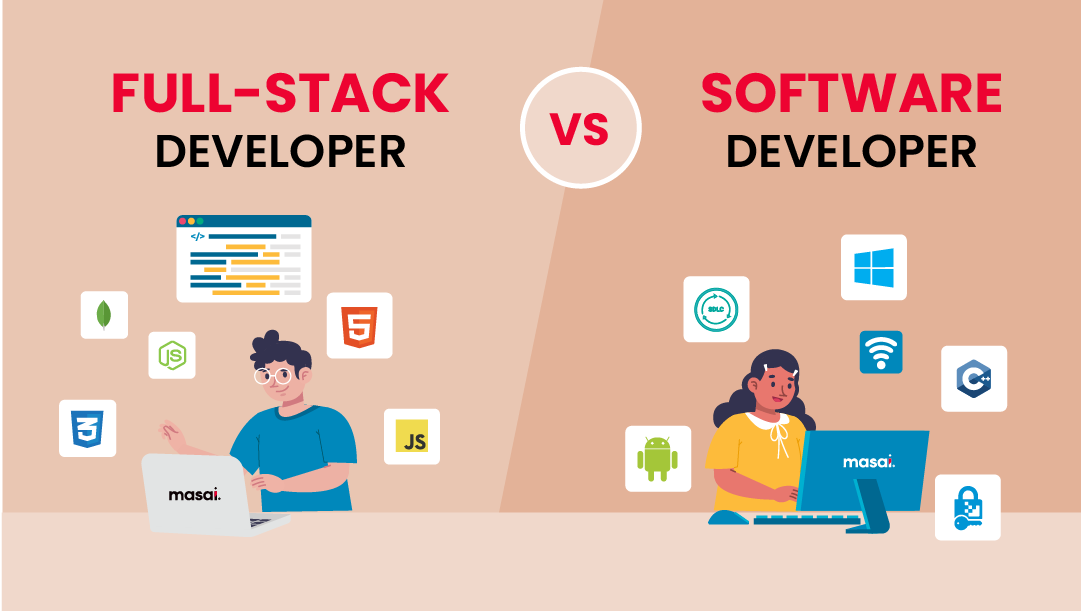Locating the Ideal Software Development Partner for Innovative Solutions
Locating the Ideal Software Development Partner for Innovative Solutions
Blog Article
Committed Developers vs. In-House Teams: Which Is Right for You?
The choice between making use of specialized developers and keeping an internal group is a substantial one that can impact the trajectory of your projects and general company strategy. Dedicated designers provide a degree of versatility and customized experience that can be helpful for specific, short-term efforts. On the other hand, internal teams add to a cohesive business culture and a nuanced understanding of long-lasting objectives. By taking a look at vital aspects such as budget, project range, and preferred control, you can much better determine which method straightens with your business requirements. However, the ramifications of this selection expand past prompt outcomes-- consider the broader influence on your company landscape.
Recognizing Devoted Designers
The expanding need for specialized skills in the tech market has led to the emergence of devoted programmers as a viable remedy for several organizations. These professionals are usually contracted on a project basis, permitting business to take advantage of particular know-how without the long-lasting dedication related to permanent hires. Dedicated designers are commonly embedded within a client's group, providing adaptability and scalability to satisfy project requirements.
This version enables companies to access a worldwide talent swimming pool, which is particularly beneficial in a swiftly progressing technological landscape. Dedicated programmers can be sourced from different geographical areas, ensuring that business can locate the ideal capability at affordable rates. They typically bring a riches of experience and expertise, having worked with varied tasks across different industries.
Additionally, dedicated designers can concentrate specifically on the tasks available, improving performance and efficiency. They are outfitted to incorporate effortlessly into existing operations, collaborating carefully with internal teams to attain project objectives. This technique not just reduces the concern of recruitment and training yet also allows companies to continue to be agile, adapting promptly to changing market demands and technological developments.
Advantages of In-House Teams

Moreover, internal teams tend to have a deeper understanding of the business's mission, worths, and objectives. This positioning can enhance staff member interaction and inspiration, as group members feel more attached to their work and the organization's success. In addition, having a specialized in-house team enables better placement of techniques and objectives, as these participants are regularly concentrated on the firm's concerns.
Internal teams also promote quicker decision-making processes, as they can react much more rapidly to adjustments and difficulties. The well-known connections and knowledge with company methods permit streamlined operations and decreased miscommunication. Inevitably, the combination of a cohesive society, alignment with business objectives, and effective interaction makes in-house teams a beneficial asset for lots of companies, particularly those wanting to grow lasting growth and technology.
Cost Considerations
When reviewing expense considerations, both in-house teams and committed developers present unique financial ramifications for companies. Involving dedicated designers typically involves a pay-per-project or hourly rate design, which can be economical for organizations with fluctuating task demands. This technique permits flexibility in scaling sources up or down, guaranteeing that business just spend for the services they require.
In contrast, internal teams require dealt with expenses, including incomes, benefits, and overhead costs such as office space and devices. While this version uses greater control and prompt availability of sources, it might result in higher click this link long-term expenses, specifically if the work does not validate a full time staff.
Moreover, companies need to think about the covert costs related to employment and training of internal employees, which can better stress budgets. Sometimes, the moment and resources invested in managing an internal group can interfere with the company's core company objectives.

Job Administration and Versatility
Task monitoring and adaptability are important aspects that influence the option between devoted developers and internal groups. Devoted teams often have actually developed procedures for taking care of tasks efficiently, leveraging certain techniques like Agile or Scrum, which help with iterative progression and versatility.

Inevitably, the selection between internal groups and dedicated developers rests on the preferred degree of versatility and the certain job management requirements. Companies should assess their functional dynamics, top 5 shopify stores task intricacy, and source availability to determine which option straightens best with their strategic purposes.
Making the Right Selection
Picking the right development approach-- internal groups or dedicated programmers-- calls for a cautious evaluation of different elements that align with a firm's critical objectives. dedicated development team. Take into consideration the nature of the job. If it demands specialized abilities or a quick scale-up, dedicated programmers may be more ideal. On the other hand, in-house groups can supply better continuity and combination with existing personnel.
Next, assess your budget. Committed designers usually present a cost-effective service for temporary projects, while in-house groups may incur higher long-lasting costs due to wages, advantages, and overhead costs. Examine the level of control and partnership wanted; in-house teams normally foster stronger interaction and alignment with company culture.
Furthermore, consider the moment structure. If immediate results are required, specialized designers can be onboarded quickly, whereas constructing an internal team takes time for recruitment and training. Finally, weigh the long-lasting vision of your organization. If continual growth is essential, buying an in-house team might produce far better returns over time. Eventually, the decision depends upon a detailed analysis of these aspects, ensuring positioning with your business's total goals and operational needs.
Verdict
In final thought, the decision between devoted developers and in-house teams pivots on task needs and organizational objectives. On the other hand, in-house teams cultivate a cohesive culture and deeper alignment with long-term goals.
The decision between utilizing committed designers and keeping an internal team is a significant one that can influence the trajectory of your projects and overall have a peek here organization strategy.Task monitoring and adaptability are important factors that affect the option between internal groups and committed programmers. hire dedicated developers.In comparison, internal groups might stand out in maintaining a regular task management framework due to their familiarity with the company's society and lasting goals. Dedicated designers frequently offer an affordable remedy for short-term tasks, while internal teams might incur greater long-term expenditures due to incomes, advantages, and expenses expenses.In verdict, the decision in between committed programmers and in-house groups hinges on job requirements and organizational objectives
Report this page